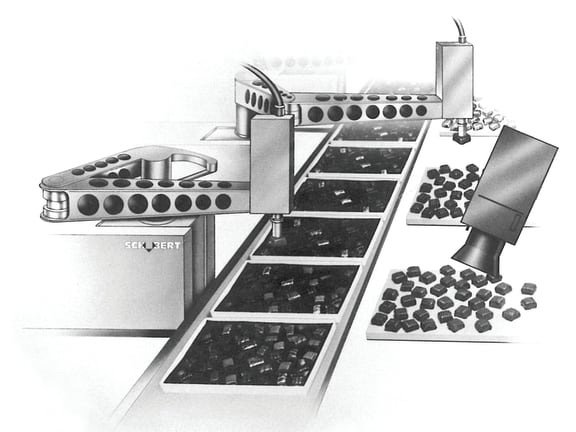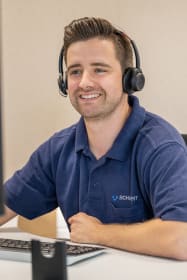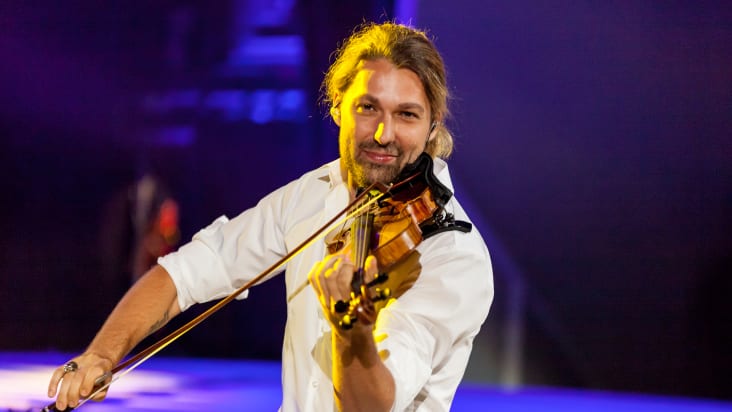Artificial intelligence and networked production
In 1996, with its F-44 continuously operating picker line, the company launched the first machine with an intelligent control system. The VMS packaging machine control system set the stage for a simple machine structure with a reduced number of mechanical components, which led to the development of today’s modular sub-machines.
Today, the seven basic modules now enable a highly adaptable machine structure, within which all functions, such as feeding, erecting, filling, capping/lidding/sealing, labelling, marking and palletising can be combined. In addition to the VMS control system, the two-, three- and four-axis robots, image recognition systems and the recently introduced Transmodul standard component all come together to form the basis of the TLM machines. Thanks to these rail-based robots, transport tasks can be engineered much more efficiently. At the same time, the Transmodul further increases the compactness of the TLM systems.
“Our goal is to combine intelligent software and reduced mechanics, while continuously increasing flexibility and adaptability,” explains Ralf Schubert, who has been running the Schubert business since 2012 together with his father Gerhard, his brother Gerald Schubert and Peter Gabriel. Based on this principle, Schubert presented the first packaging machine without an electrical cabinet at the 2014 Interpack show. Since the machine’s servo amplifiers are included within the TLM robots’ distributed control architecture, an electrical cabinet is no longer required – and the number of electronic parts could therefore be significantly reduced.






